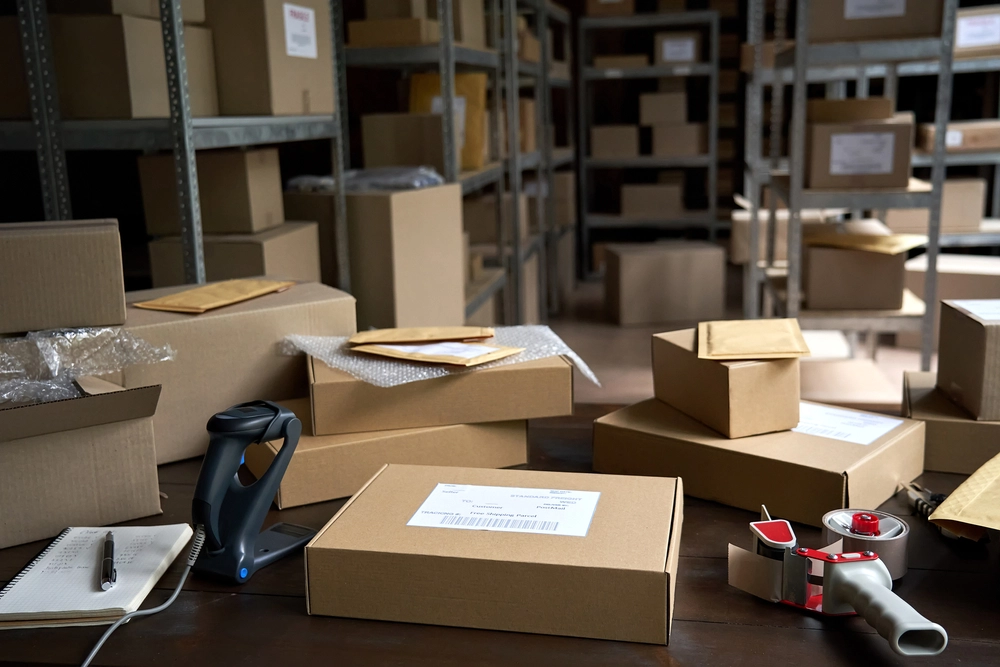Frustration Free vs. Standard Packaging: What’s the Difference?
Consumers are increasingly demanding convenience, sustainability, and efficiency from companies. Therefore, brands need to reevaluate their product packaging strategies, especially in a competitive landscape where packaging plays an important role in influencing customer experiences and purchasing decisions.
Standard packaging today has various advantages, particularly in terms of cost-effectiveness and branding opportunities. It offers robust protection for products during transit and ample space for brand messaging. Yet, the complexities of opening standard packages can lead to negative consumer experiences.
Enter the development of frustration-free packaging, which was introduced to eliminate the common annoyances associated with traditional packaging. It emerged as a response to the growing consumer dissatisfaction with hard-to-open, wasteful packaging, thus prioritizing ease of access, minimal use of materials, and eco-friendly practices.
It’s essential to understand how this packaging type compares to more conventional standard packaging. Balancing the pros and cons of both packaging types is crucial for businesses aiming to optimize their packaging strategies. This article explores their key differences to help brands make informed decisions, improve their competitive edge, and meet evolving customer expectations.
What is Standard Packaging?
Standard packaging refers to the traditional type of packaging and methods designed to protect products during transit, ensure they arrive intact to consumers, and provide ample space for branding and informational product labels. It typically involves materials such as cardboard boxes, plastic wraps, and polystyrene inserts.
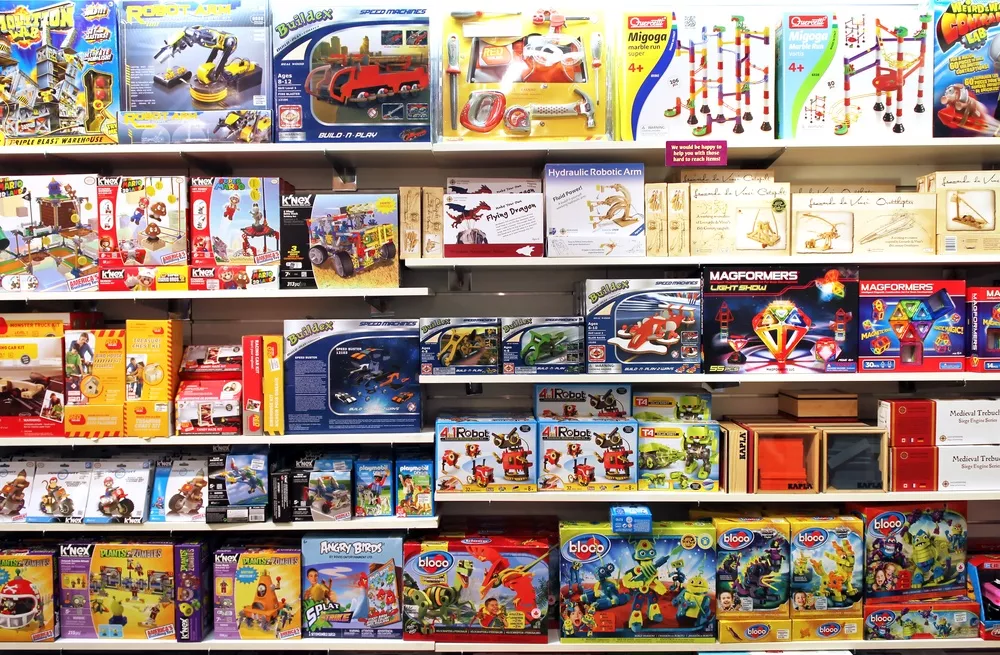
Common examples of standard packaging can be found across various industries, including electronics, consumer goods, and food products. For instance, an electronic device may come in a cardboard box with foam inserts to protect it from damage. Meanwhile, a boxed food product might use a combination of plastic and cardboard to maintain freshness and prevent contamination.
The benefits of standard packaging include cost-effectiveness, as these materials are generally inexpensive and readily available. Additionally, standard packaging offers extensive branding opportunities, as companies can print their logos, product information, and promotional graphics directly onto the packaging. This type of packaging is also widely recognized and accepted by consumers, making it a familiar and trusted option for businesses.
What is Frustration Free Packaging?
Frustration-free packaging (FFP) was developed to address the common issues consumers face with traditional packaging, such as difficult-to-open packages and excessive use of materials. Originating from a 2008 initiative, Amazon’s frustration-free packaging aimed to enhance the unboxing experience by being easy to open, environmentally friendly, and designed to protect products without excessive packaging materials.

Frustration-free packaging is mainly characterized by simplicity and ease of use. It can eliminate the need for box cutters, scissors, and other tools, allowing consumers to open packages quickly and without hassle. This type of packaging often uses recyclable materials, such as corrugated cardboard, and minimizes the use of plastic and other non-recyclable components.
There are many benefits of frustration-free packaging including better unboxing experiences, customer satisfaction, and positive brand impressions. It can also contribute to environmental sustainability by using fewer materials and promoting recyclability. This approach aligns with the growing consumer demand for eco-friendly products and practices.
Frustration Free vs. Standard Packaging: How Are They Different?
There are crucial considerations to make when comparing frustration-free packaging vs. standard packaging. By understanding these distinctions, brands can better align their packaging decisions with their goals and achieve business success.
1. Design and functionality
Standard packaging often prioritizes product protection and branding. While effective, it can be difficult for consumers to open. Plastic clamshells, multiple layers of tape, and intricate box designs can frustrate customers, leading to negative unboxing experiences. However, standard packaging offers extensive space for branding, making it ideal for premium products where presentation is crucial.
Frustration-free packaging, on the other hand, focuses on eliminating unnecessary materials and simplifying the opening process. Packages are designed to be user-friendly, often featuring tear strips or easy-open tabs that eliminate the need for tools. The goal is to enhance customer satisfaction from the moment they receive the product, while also reducing the risk of damage during the opening process.
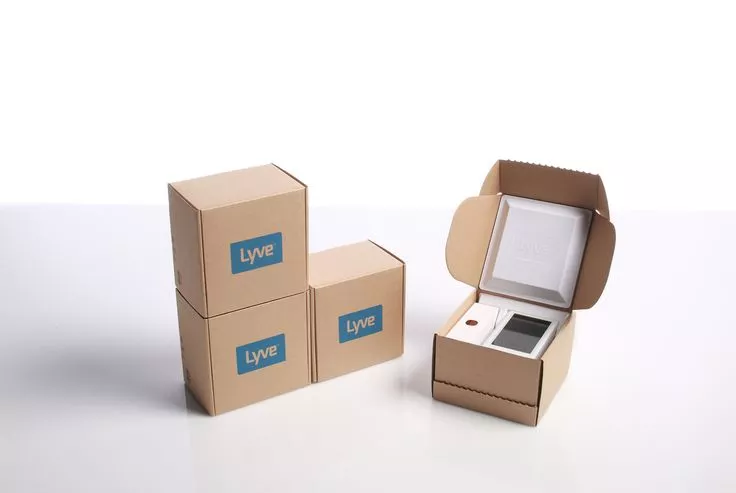
2. Environmental impact
The environmental impact of product packaging is a growing concern for both consumers and businesses.
Frustration-free packaging was designed with sustainability in mind. It uses fewer materials, which means less waste. The materials are often recyclable or biodegradable, further reducing the environmental footprint. By streamlining packaging this way, brands can minimize their impact on the environment, align with eco-friendly practices, and demonstrate their commitment to sustainability–all of which can be significant competitive advantages.
Standard packaging effectively protects products but often uses excessive plastic and non-recyclable materials. This not only increases waste and environmental pollution but also contributes to a larger carbon footprint due to the production and disposal of these materials. Brands should consider standard packaging for applications where maximum protection is needed, such as fragile electronics or luxury items.
3. Consumer experience
Packaging plays a significant role in shaping consumer experience and brand perception.
Through the hassle-free opening process and minimal packaging materials frustration-free packaging provides, brands can create memorable and positive experiences for their customers. This, in turn, can lead to higher customer satisfaction and increased brand loyalty.
However, standard packaging can still be beneficial for high-value or delicate items where robust protection and impressive presentation are critical. Brands can design ergonomic or easy-to-open rigid packaging, for instance, to reduce the complexity and effort required to unbox it. This strategy helps in avoiding customer frustration and dissatisfaction, which can negatively impact overall brand perception.
4. Business considerations
Cost is a significant factor when deciding between frustration-free and standard packaging. While frustration-free packaging may have higher initial costs due to custom designs and materials, it can lead to long-term savings. Additionally, the positive impact on customer satisfaction can lead to increased sales and customer retention.
Meanwhile, reduced packaging materials and improved efficiency in packing and shipping can offset the initial investment. By identifying which products can be shipped in mailers or bags and selecting the appropriate size of cardboard boxes, Amazon was able to achieve a 7% to 10% annual reduction in cardboard waste in North America. This resulted in approximately 60,000 tons of cardboard saved.
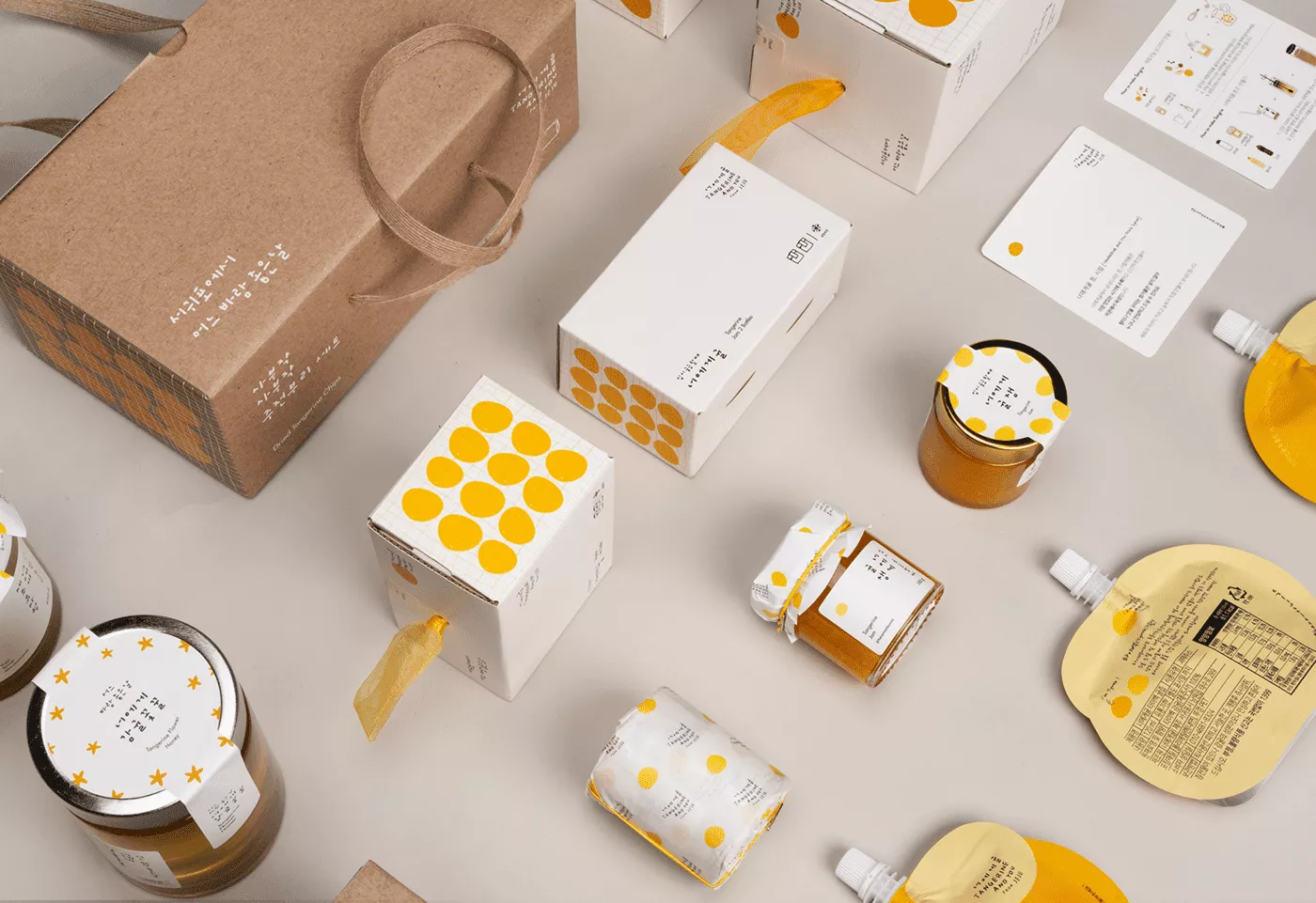
Customization and branding opportunities are also important. Frustration-free packaging can be designed to reflect the brand’s identity while still being easy to open and environmentally friendly. For instance, folding carton boxes can still provide a high-end feel for luxury brands with the right styles and embellishments.
Standard packaging offers extensive branding options, which may justify their use despite the complexity. However, brands still need to balance these with the potential for customer frustration. The choice between frustration-free and standard packaging ultimately depends on your brand’s priorities and target market. Companies focused on enhancing the customer experience and reducing their environmental impact may find frustration-free packaging to be the better option.
5. Regulatory compliance
Frustration-free packaging often adheres to stricter environmental regulations due to its reduced material usage and recyclability. These features can help businesses avoid fines and penalties associated with non-compliance and align with international standards for sustainable packaging.
Standard packaging, while meeting basic regulatory requirements, might involve materials or designs that are less favorable under current or future regulations. Consequently, brands should keep up with and adopt sustainable packaging trends to stay ahead of regulatory changes and demonstrate their commitment to compliance and sustainability.
6. Operational efficiency
Frustration-free packaging can help simplify packing and shipping processes. Packaging types such as easy-open mailers, streamlined cardboard boxes, and flexible pouches require less time and labor to assemble and seal. This efficiency not only speeds up the packing process but also reduces the risk of packing errors. For example, eCommerce businesses that ship large volumes of products daily can benefit from the ease and speed of frustration-free packaging.
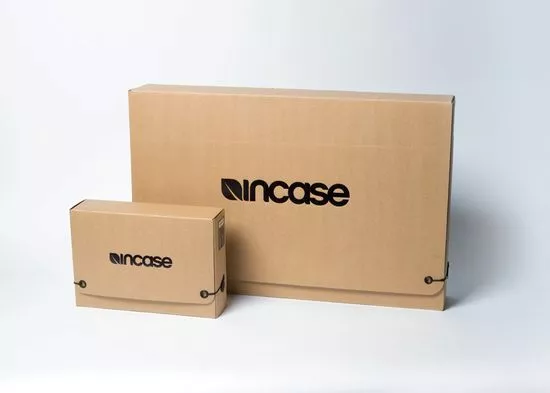
Standard packaging, while potentially cheaper initially, can be more labor-intensive and time-consuming. Complex packaging designs, in particular, can slow down the packing process and increase the likelihood of errors, leading to higher operational costs. However, brands may still choose standard packaging since the robustness of its materials ensures that items arrive intact, minimizing the risk of damage or returns. This aspect is particularly advantageous for products where presentation and safety are paramount.
7. Market differentiation
As discussed, frustration-free packaging may provide unique selling points such as convenience and sustainability to set a business apart from competitors.
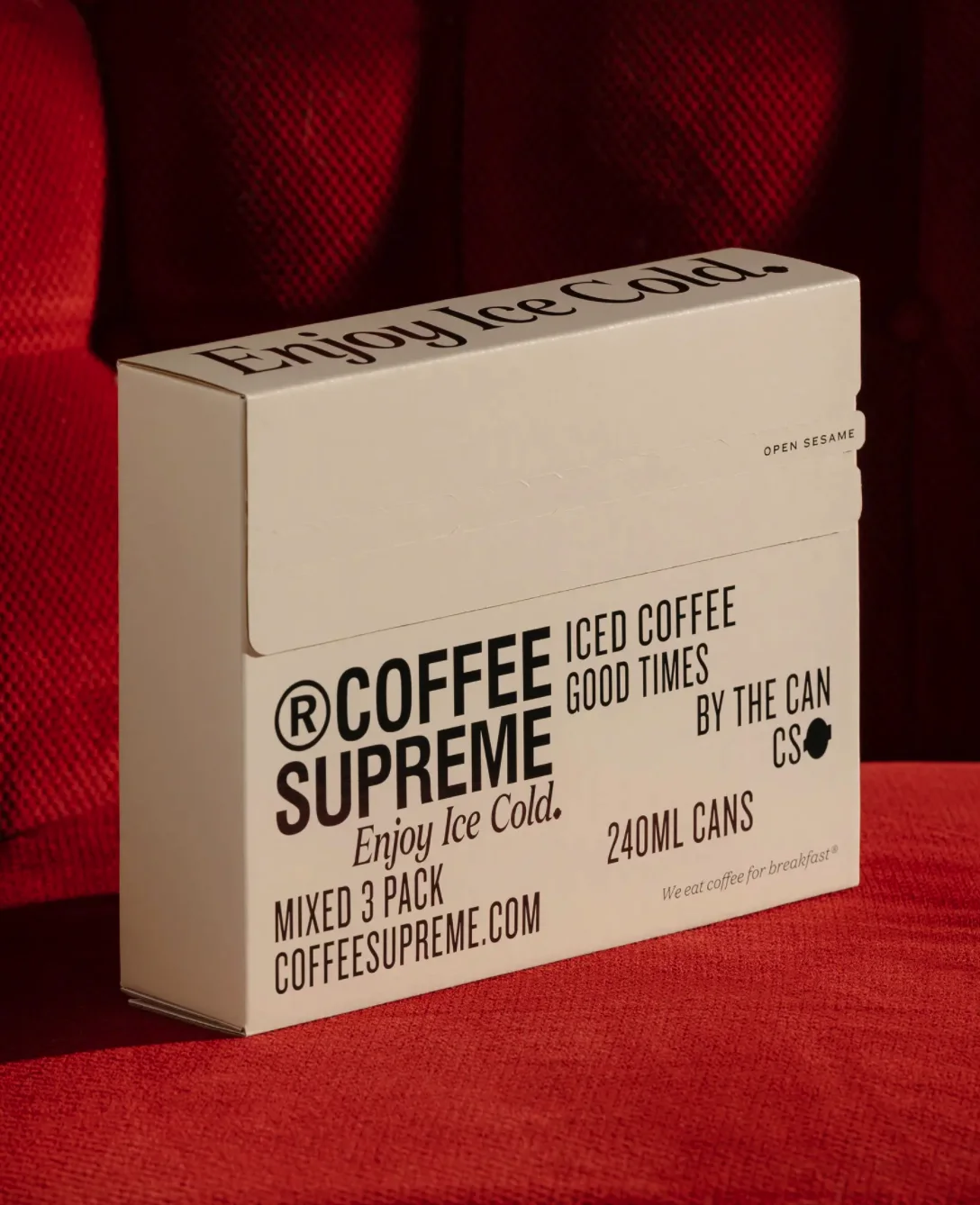
However, standard packaging types can still be made with recycled materials or minimalist designs to appeal to consumers who prioritize environmental responsibility. And with its extensive branding opportunities and often premium feel, it can attract consumers looking for assurance of product quality. Rigid boxes with custom finishes, sustainable folding cartons with intricate embossing, and plastic clamshells with clear visibility can all elevate the perceived value of products.
Making the Right Packaging Choices
Ultimately, the choice between frustration-free and standard packaging depends on various factors, including target market, product characteristics, and brand positioning. Businesses should carefully consider these factors to determine the most suitable packaging strategy that aligns with their operational needs and modern consumer expectations and values.
As businesses strive to meet the demands of a discerning consumer base, the choice of packaging becomes more critical than ever. Brands must carefully consider their target audience’s needs and preferences to make the best packaging decisions. Furthermore, your choice of product packaging should align with your brand values. Whether you prioritize sustainability, operational efficiency, or customer experience, choosing the right packaging can significantly impact your business success.
If you’re ready to optimize your packaging strategy, talk to the experts at Meyers. Discover innovative custom packaging solutions that can help your brand meet its goals!

